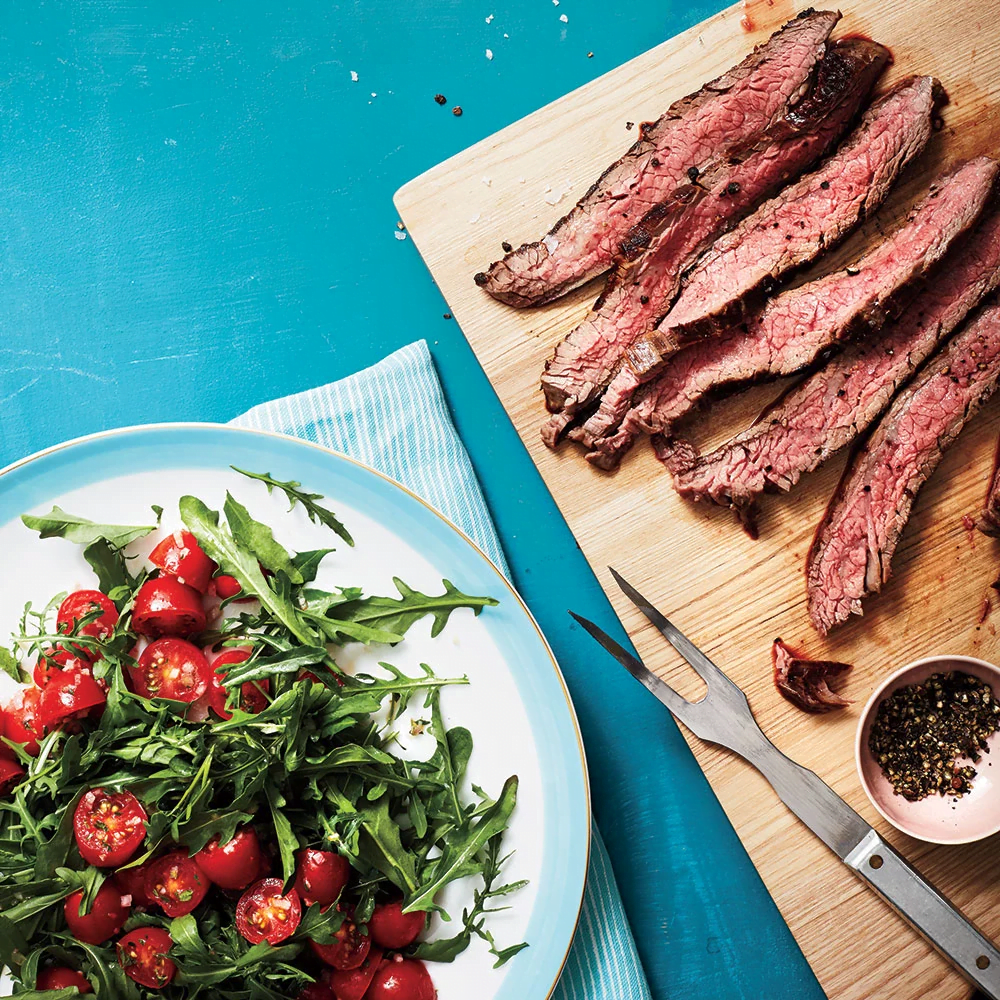When we say “pump iron,” we’re guessing the first thing that comes to mind is weight lifting. Hardcore strength training in the Rock’s (ahem, or shall we say Michelle Obama’s) style.
However, it appears that we need to talk more about dietary iron and consume more of it. Between 1999 and 2018, the average American adult’s iron intake decreased by 6.6 percent (males) to 9.5 percent (females), according to a new study published in The Journal of Nutrition. As a result, the estimated prevalence of iron deficiency anemia ranges from 2.2 to 10.5 percent, depending on age and gender.
The researchers determined that part of the decline in iron consumption over that nearly two-decade period is due to the fact that many of us are eating more plant-based meals. According to the United States Department of Agriculture’s National Nutrient Database for Standard Reference, there were:
- Beef consumption in the US diet as a whole has been reduced by 15%.
- 9 percent reduction in adult females’ dietary iron intake
- Adult males’ dietary iron intake decreases by 6%
Along with eating less iron-rich beef (whether for environmental reasons, health concerns associated with excessive red meat consumption, animal welfare, or other reasons), the beef we are eating may have lower naturally occurring iron levels than in years past. Indeed, scientists discovered that 62% of iron-containing foods contained less of the mineral in 2015 than they did in 1999—which is likely one of the primary reasons why more Americans are classified as “anemic.”

And our anemic state is not beneficial to our energy levels (or overall well-being). Humans require iron for proper growth, hemoglobin production (a protein found in red blood cells that assists in the transport of oxygen from the lungs to the rest of the body), and hormone production.
“Each individual’s body processes and utilizes iron at a different rate [referred to as bioavailability]. The amount of iron our bodies use for growth and development is determined by a variety of factors, including the source of the iron and the other foods consumed concurrently. ” According to Caroline West Passerrello, M.S., RDN, LDN, a spokesperson for the Academy of Nutrition and Dietetics based in Pittsburgh,
Iron is available in two forms:
- Heme iron is derived from animal sources.
- Non-heme iron is derived from plants.
While the body can process and utilize both, the combination of either form of iron can maximize the body’s potential benefits. Phytates, which are found in grains and beans, may reduce iron’s bioavailability, whereas vitamin C-rich foods (such as watermelon, bell peppers, citrus fruits, kiwi, and broccoli) may assist the body in better utilizing non-heme iron from plants. (Psst… If you’re not a beef eater, we’ve got you covered with this list of eight foods that contain more iron than beef.)
Researchers believe that the emphasis on increasing crop yields per acre may be affecting the nutritional value of both the food we eat and the food we feed farm animals (which we then eat). Additionally, many Americans consume more processed foods, which increases their risk of iron deficiency anemia.
Women between the ages of 19 and 50 (as a result of menstruation and the iron lost during the process), blood donors, and vegetarians of any gender may be disproportionately affected by these innate iron shifts in the food system. Adult men require 8 milligrams daily, while adult women require 18 milligrams daily. To put that into context, the following are the top 12 iron sources recommended by the National Institutes of Health’s Office of Dietary Supplements:
- 18 milligrams of fortified breakfast cereal (1 serving)
- 8 milligrams of oysters (3 oz.)
- 8 milligrams white beans (1 cup canned)
- 7 milligrams of dark chocolate (3 oz.)
- 5 milligrams of beef liver (3 oz.)
- 3 milligrams of lentils (12 cups boiled)
- 3 milligrams of spinach (12 cups boiled)
- 3 milligrams of tofu (12 cup firm)
- 2 milligrams of kidney beans (12 cup canned)
- Sardines de l’Atlantique (3 oz. canned in oil): 2 milligrams
- 2 milligrams of chickpeas (12 cups boiled)
- 12 cup canned stewed tomatoes: 2 milligrams
As we continue to learn more about this research and adjust our diets to be more iron-smart, keep these seven subtle signs of iron deficiency in mind to determine whether you should schedule a consultation with your doctor to have your iron levels checked.

